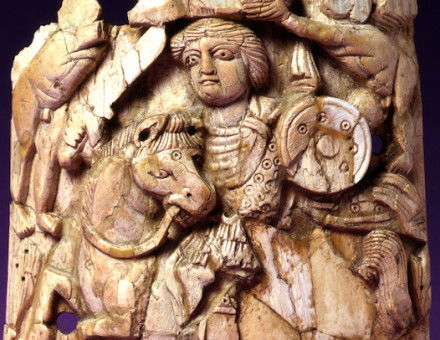Education and the Dissenting Academies
The Dissenting Academies, write M.D. Stephens and G.W. Roderick, offered wider and better teaching than the established universities in England.
During the seventeenth and eighteenth centuries and well into the nineteenth century higher education in England and Wales suffered from having only two universities. Oxford and Cambridge played a far from noble role during the period of intellectual ferment that gave way to the first Industrial Revolution in the later eighteenth century.
In 1750 Oxford and Cambridge between them matriculated some 317 freshmen which was about half the number of an average year in the reign of James I.
One reason for the decline in student numbers was an increasing disdain for the quality of the teaching in both institutions. There were many exceptions among the tutors, but Oxford and Cambridge were thought of as places where teaching was often done at a low level. The use of the universities as a ‘finishing-school’ for the nobility and gentry was partly the cause. Such students rarely had any interest in serious study.





